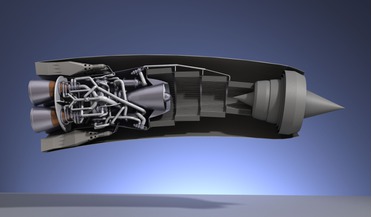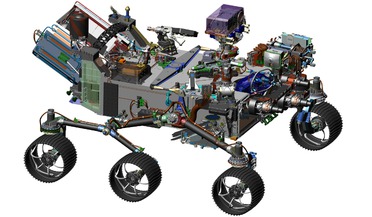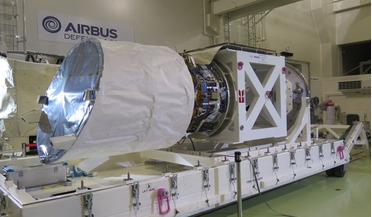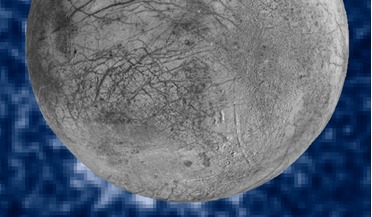 18 December 2015
Last look at geological activity on Enceladus before Cassini moves on
18 December 2015
Last look at geological activity on Enceladus before Cassini moves on
...Cassini's legacy of discoveries in the Saturn system is profound," said Linda Spilker, Cassini project scientist at NASA's Jet Propulsion Laboratory, Pasadena, California. "We won't get this close to Enceladus again with Cassini, but our travels ...
 13 July 2016
Reaction Engines sign new deal with ESA while UK Space Agency announces new facility
13 July 2016
Reaction Engines sign new deal with ESA while UK Space Agency announces new facility
... engines, SABRE uses oxygen already present in the atmosphere in the combustion process. This is more akin to how jet engines work and an aircraft powered with a SABRE engine would be able to provide thrust from a standstill position...
 18 July 2016
NASA unveils new Mars 2020 rover
18 July 2016
NASA unveils new Mars 2020 rover
... divert to safe ground nearby," said Allen Chen, Mars 2020 entry, descent and landing lead at NASA's Jet Propulsion Laboratory in Pasadena, California. "With this capability, we can now consider landing areas with unsafe zones...
 03 August 2016
Aladin gets ready for Aeolus
03 August 2016
Aladin gets ready for Aeolus
... from Aeolus is also expected to be important over oceans in both hemispheres for determining the position and evolution of jet streams and atmospheric fronts,” explained Källén. Aladin: the first wind lidar in space. Image: ESA/ATG medialab...
 27 September 2016
Astronomers observe possible water vapour plumes on Europa
27 September 2016
Astronomers observe possible water vapour plumes on Europa
... vapour plumes. The other is Saturn's moon Enceladus, which In 2005, was detected by NASA's Cassini orbiter to produce jets of water vapour and dust emanating from its surface. Scientists will have to wait until 2018, when...
 23 November 2016
Massive ice deposits found under the surface of Mars
23 November 2016
Massive ice deposits found under the surface of Mars
... distribution and quantity of Martian water," said Mars Reconnaissance Orbiter Deputy Project Scientist Leslie Tamppari, of NASA's Jet Propulsion Laboratory, Pasadena, California. "We know early Mars had enough liquid water on the surface for rivers...